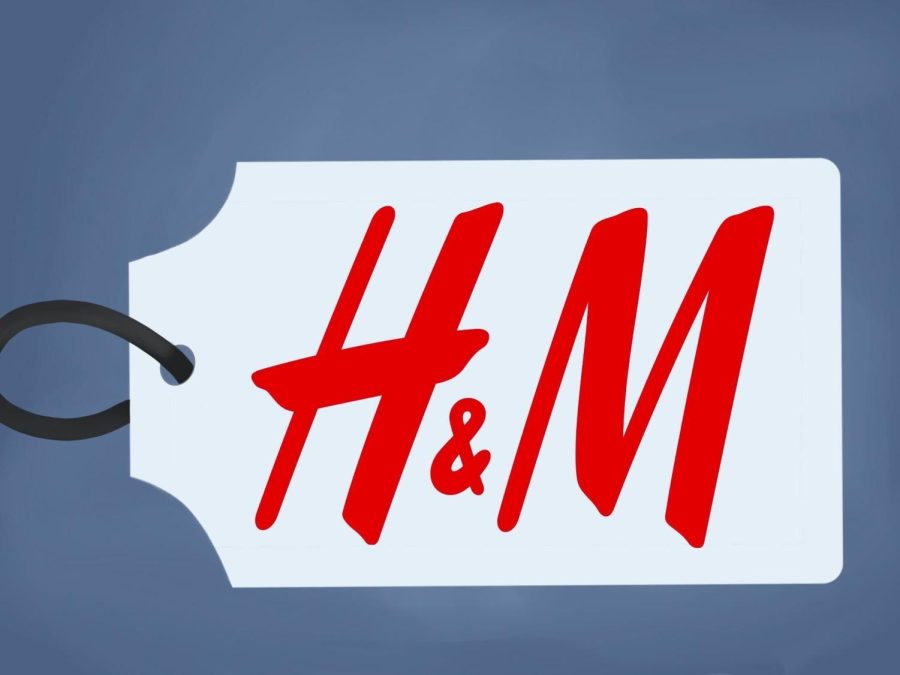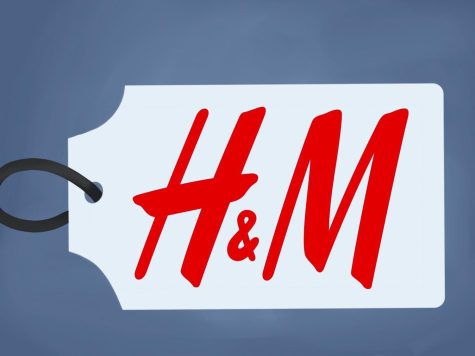H&M
H&M is known as one of the world’s most recognizable fast fashion brands. Its treatment of workers and impact on the environment has been a concern for a long time. However, the brand has made positive steps towards reducing its environmental impact. They have started a program where you can return clothes in-store,have made steps to use renewable energy for parts of their supply chain and approved a policy by CanopyStyle to prevent deforestation of ancient and endangered forests. While it has also started to use eco-friendly materials like organic cotton and recycled polyester, the majority of their materials are not. H&M has also set a goal to reduce its greenhouse gas emissions by 2030, but it can’t be confirmed if they’re on track to meet that target or not.
However, the brand does not seem to ensure a payment of living wage for its workers across the supply chain. According to Good On You, this means that they don’t meet the labors standards to ensure workers health and safety, living wages or other labor rights. According to Reuters, the Clean Clothes Campaign said that H&M did not meet their commitment made in 2013 to ensure its suppliers would make a living wage to hundreds of thousands of workers in 2018. 14-year-old workers would be employed in Myanmar and work more than 12 hours a day. According to The Guardian, they would work until 10 p.m. since 2013, working for two factories.





